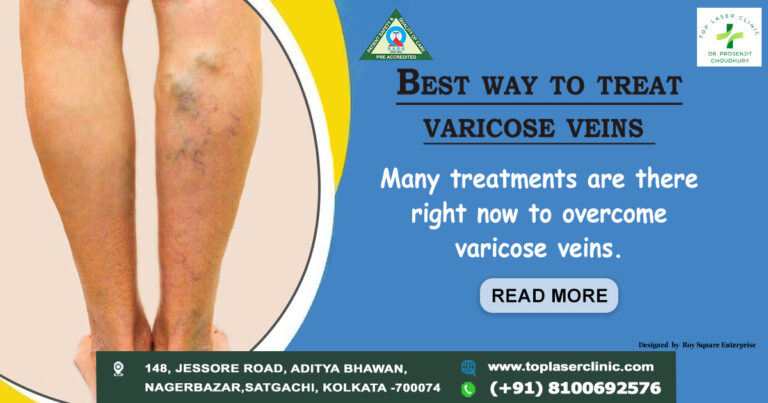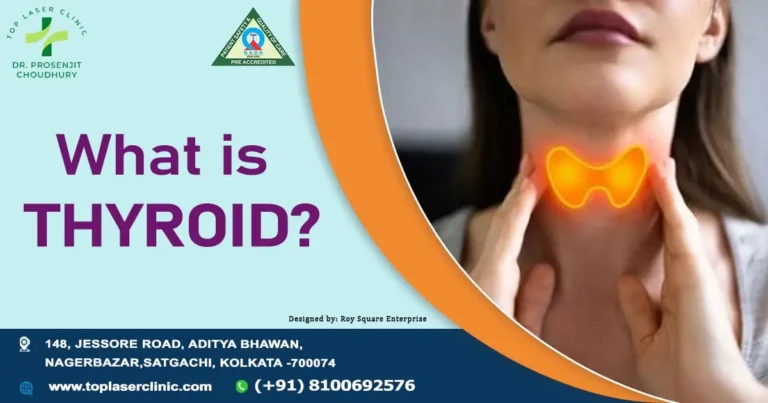Hemorrhoids in pregnancy time are very common. We also know it as piles. Hemorrhoids can occur during your pregnancy period due to various reasons. Generally, they occur during the third trimester. Hemorrhoids are basically swollen blood vessels or lumps that grow inside or around the opening of anus or in your rectum, hanging from anal canal. They developed because of extra pressure on the veins. It may cause discomfort, itching and even bleeding. If you are affected by it in pregnancy, you should consult a doctor.
Symptoms of Piles During Pregnancy
As we know that internal piles or hemorrhoids form below the rectum and external piles or hemorrhoids form under the skin around you’re anus, the symptoms depend on the type of pile you have.
Internal hemorrhoids may not have any serious symptoms unless they prolapsed. This includes:
- Pain when you poop
- Little bleeding during bowel movement
External hemorrhoids symptoms include:
- Itching
- Irritation
- Bleeding
- Swelling
- Lumps near anus
- Pain during anus and surrendered area
Causes of Piles During Pregnancy
Piles appear when excessive pressure is created in pelvic area and lower digestive tract. This pressure is the of swollen veins which leads to hemorrhoids. During pregnancy the pressure comes from:
- The weight of fetus: During pregnancy, the growing fetus puts pressure on your pelvic area. Because of the enlarged uterus the blood vessels of anus became compressed and it’s become difficult to supply blood throughout the body as easily as they do. This leads to swollen veins and eventually hemorrhoids.
- Growth of blood volume: During pregnancy your body produces more blood to give support to the fetus. As a result your veins work harder to circulate the increased blood volume throughout your body. This pressure leads to hemorrhoids.
- Constipation: Due to hormonal changes in pregnancy period your body slows down the digestion process, which leads to constipation. Because of strain during bowel movement, a pressure is created to anus veins which is a cause of hemorrhoids.
- Low fiber intake: Eating foods such as low in fiber can increase the chance of getting constipation. And this condition can lead to hemorrhoids in pregnancy.
How Can You Prevent Hemorrhoids During Pregnancy?

To prevent hemorrhoids in pregnancy you should keep the below points in mind
- To avoid constipation eat high-fiber food
- Don’t delay going to washroom when you feel the urge
- Try to avoid prolonged sitting
- Drink plenty of water, it can soften the dry stool
- Try to lie on other side while sleeping
- Don’t strain too long on toilet
- Do exercise regularly. Try to do Kegel exercise, which will increase the circulation of your rectal area and strengthen the muscles around anus
- Stay active during pregnancy
- Maintain your weight
- Eat fruits & vegetables
Treatment for Piles During Pregnancy
In some cases hemorrhoids disappears by the their own after the delivery of the child but it is always better to seek medical help for your health problems, specially in your pregnancy time. The treatments include:
Control your constipation: As constipation contribute to hemorrhoids, you should control that first. To control or relieve constipation you can try below points:
- Add high fiber foods in your diet with fruits and vegetables
- Ask your doctor to recommend a fiber supplement that you can take in pregnancy
- Drink plenty of fluids
- If prescribed by doctor you can take laxative for constipation
- Ask your doctor to provide stool softer to take in pregnancy period
Take the pressure off your hemorrhoids: Try not to put much pressure on your hemorrhoids by trying these points:
- Avoid too much straining in toilet, instead try to relieve your constipation
- Don’t sit for long period, try to move around for a few minutes every hour to avoid the extra anal pressure
- Try to lie on other side while sleeping to relieve the pressure on your rectal veins
Home remedies for hemorrhoids in pregnancy: While you may not be able to completely get rid of hemorrhoids, still using the following points you may reduce the pain. The points include:
- Try warm tub bath to increase the blood flow and relax the strained muscles around your anus
- Apply ice pack in the area to reduce the discomfort
- Use aloe or coconut oil to get relief from discomfort
- Use wipes of pads that contain witch hazel
Surgical Procedures for Piles in Pregnancy

In some cases, you may need to visit a doctor for treatment to shrink your hemorrhoids. Minor surgery can also be suggested, but it’s rare. Though most of the time healthcare providers recommends to wait until you give birth. But in severe cases doctor may suggest surgery, but they take a detail observation of the risk of child and mother before suggest a surgery. So, Other medical treatment or surgical options are:
- Hemorrhoidectomy: Hemorrhoidectomy is a surgical procedure that is done under anesthesia. Your surgeon will locate your hemorrhoids and cut off the affected tissue seal the affected tissue. It’s a risky process, that’s why it is only recommended for severe cases like multiple hemorrhoids or hemorrhoids that have prolapsed.
- Stapled Hemorrhoidopexy: Staple Hemorrhoidopexy is a surgery that uses a stapling device to remove hemorrhoids. Here the hemorrhoidal tissue is lifted back into his normal position inside the anus. Surgical staples are used then to hold the tissue in place.
- Laser treatment: Laser treatment is minimally invasive procedure that uses laser technology. It targets the inflamed tissues. The heat of laser cuts off the blood supply to these tissues, which reduces the inflammation and swelling.
How to Choose Best Place to Consult a Doctor?
- Check clinic’s or hospital’s location
- Check their success rates
- Check doctor’s knowledge & experience
- Check if all the modern facilities are available or not in the clinic or hospital
Keep in mind all the points you should choose the reliable clinic or hospital.
FAQ: Frequently asked questions
- What are hemorrhoids?
Answer: Hemorrhoids are swollen blood vessels or lumps that grow inside or around the opening of anus or in your rectum, hanging from anal canal.
- Are hemorrhoids common during pregnancy?
Answer: Yes, it is very much common to have hemorrhoids during pregnancy.
- What are the symptoms of piles during pregnancy?
Answer: The symptoms of piles during pregnancy include, pain when you poop, little bleeding during bowel movement, itching, irritation, bleeding, swelling, lumps near anus, pain during anus and surrendered area.
- What are causes of hemorrhoids during pregnancy?
Answer: Constipation, Increased blood volume, Baby’s weight can be a cause of hemorrhoids during pregnancy.
- Does hemorrhoids disappear after delivery?
Answer: Many women experience the disappearance of hemorrhoids after delivery.
- How to prevent hemorrhoids in pregnancy?
Answer: To avoid constipation eat high-fiber food, don’t delay going to washroom when you feel the urge, try to stay active, do exercise regularly, avoid prolonged sitting, drink plenty of water as it can soften the dry stool, lie on other side while sleeping, don’t strain too long on toilet, maintain your weight & eat fruits & vegetables. So these are the points to prevent hemorrhoids in pregnancy.


































